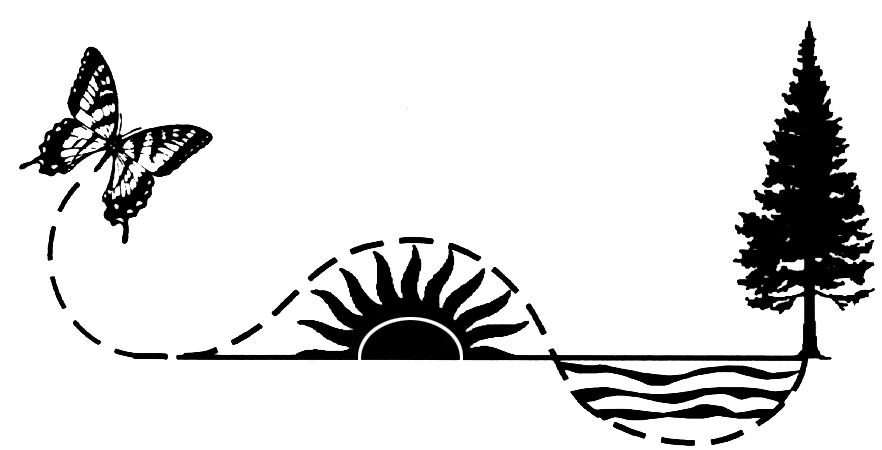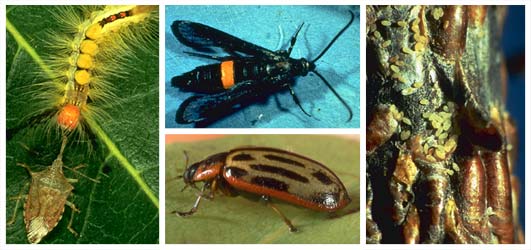
Campuses:



CUES strives to educate landscape managers and urban residents about ways to embrace environmental stewardship by practicing sustainable management. A landscape managed through sustainable methods requires low inputs of labor, fertilizers, herbicides, insecticides, and fungicides, while supporting beneficial insects, bees, butterflies, and birds. Excessive use of these chemicals can pollute surface and ground water and disturb natural ecosystem processes.
Sustainable management embraces four major principles:
- conserving biodiversity
The naturally diverse landscape discourages outbreaks of disease or insects. Such a landscape also attracts beneficial insects, bees, birds and butterflies.- restoring native vegetation
Consider using native vegetation in landscapes. Restore native vegetation to shorelines to reduce nutrient enrichment through stabilizing sediments and shorelines.- promoting nutrient recycling through composting
Backyard and community composting is an ecologically sound way of disposing of yard wastes and increasing nutrients in urban soils.- using integrated pest management to control insects and diseases
Inspect and monitor your plants' health on a regular basis, before problems are out of control. Instead of routinely spraying for insects, use spot treat problems of soft pesticides such as soaps, oils, and biorational products such as spinosad. Adopt these biorational practices which target the pest and not the naturally occurring biological control agents, such as parasitoids and predatory insects. Use naturally resistant plants. When necessary use hard pesticides, timed to the vulnerable stage of the insect, so the application has a major impact on the pest.A Minnesota Extension Service Collegiate grant in 1995 funded the creation of CUES, Center for Urban Ecosystems and Sustainability. CUES is an interdisciplinary program with participants from the Colleges of Agriculture, Food, and Environmental Sciences; Biological Sciences; Natural Resources; and Landscape Architecture.
This website is an online educational component of the research and outreach program of Vera Krischik.

Click to order IPM of Midwest landscapes
Multistate EAB recommendations